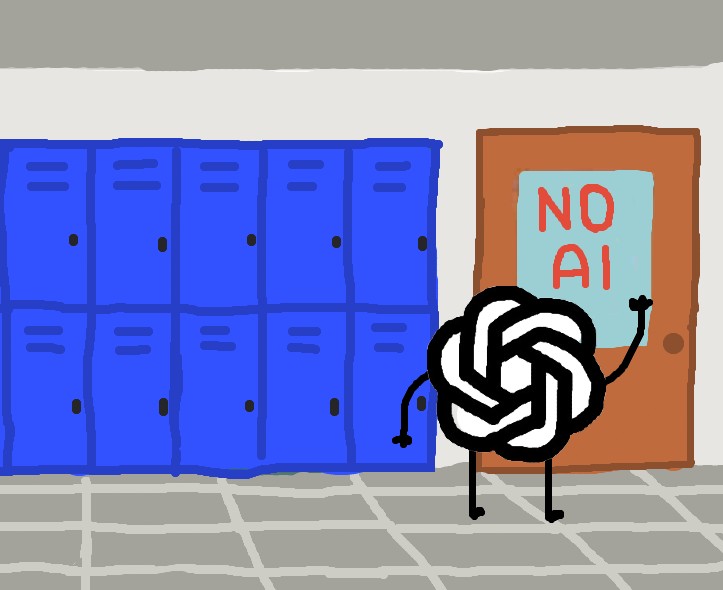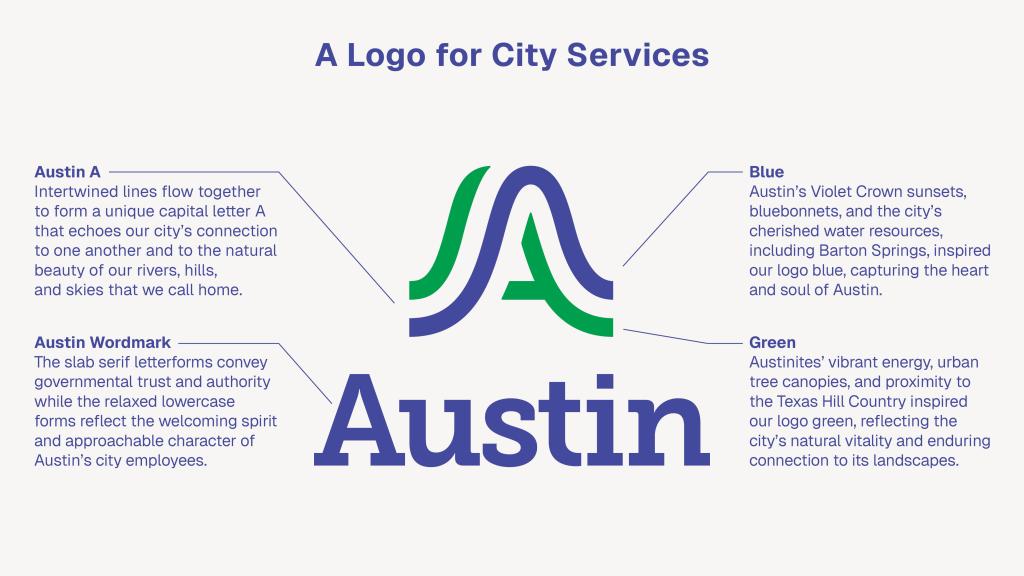Infographic by Sarah Slaten.
Out of the 13 traditional 9-12 high schools in AISD, McCallum did very well in its yearly evaluation by TEA (Texas Education Agency). McCallum got a 92, the third highest grade in AISD. LASA finished first; Bowie, second; and McCallum tied with Anderson for third. Though McCallum didn’t get the highest grade, compared to a lot of schools, high schools especially, McCallum excelled. The considerable difference, 20 points, in the grades that high school received is mainly based on the average income of families at that school. No only should this range of scores should not be this drastic, it should not exist at all.
This grading was part of TEA’s yearly “accountability rating,” the association gives each school and district a rating based on certain criteria. Last year overall, AISD received a Recognized rating of a B.
“We’re proud to earn a Recognized rating from the Texas Education Agency,” Superintendent Paul Cruz said. “We believe this shows AISD is not merely passing, but is an indication we are on the way to reinventing the urban school experience. I am proud of our students and staff for all the hard work they have done in student achievement and closing the gaps thus far, and I acknowledge there is still work to do.”
The overall 92 that McCallum received reflected a 93 in student achievement (measures how well students did on the STAAR), an 83 in school progress (how STAAR scores improved) and an 88 in closing school gaps (how different groups of students are performing). TEA assessed that McCallum is doing “exceptionally well” in academic achievement in math, English and in postsecondary readiness.

The highest grade out of all the high schools in AISD was a 99, which was awarded to LASA. The worst grade, a 79, of all the high schools was LBJ. This 20-point divide is alarming and quite embarrassing considering the lack of equity in education that it reveals. The discrepancy highlights the lack of support that certain high schools get. Though it is most likely that LBJ only got a such a low score because it was being directly compared with its neighbor, it is also because they severely lack the abundant privileges that LASA enjoys.
This divide between higher and lower socioeconomic schools isn’t only amplified by the proximity of LASA and LBJ. In truth, there was a general districtwide divide throughout all of the evaluation grades in the district, with the top half getting an 83 and above, and the other half receiving a grade lower than that. The schools’ above the divide are not necessarily surprising: Anderson, Austin High, Bowie, Garza, LASA and McCallum, with the average grade of those schools being a 93. The schools that were below the divide are also predictable: Akins, Crockett, Lanier, LBJ, Reagan and Travis, with the average grade of those schools being an 80.5.
This divide can be attributed to the resources and privileges that certain schools with higher socioeconomic families receive, and that lower socioeconomic schools lack. LASA, a magnet school that has been ranked 16th out of all of the public schools in the entire nation, is obviously going to get more advantages than a lot of schools, especially LBJ, with whom they share a campus but with whom they do not share academic resources.
There is another interesting aspect of the divide. The total average percent white population out of all of the schools is a 28.66 percent. In the schools that were graded below an 85, the average white population in the schools was a 6.15 percent, while in the schools that scored over 85, the white population made up 50.9 percent. In fact, on LBJ’s STAAR score evaluation, they didn’t even report how well the white population did on the tests, as there wasn’t a big enough population for it to be mathematically significant. This segregation in Austin Public Schools is a little alarming. In our very diverse city, it simply shouldn’t be happening. It’s 2018; there shouldn’t be segregation at all.
These statistics are not only significant because they revealing inequities about this particular grading process. They are far more significant, but they reveal systemic inequities that create unequal opportunities for students based on who they are, where they live and how wealthy their family is.
All students should have equal resources and receive an education that equips them to compete fairly in the world beyond high school. This disparity of resources and evaluation scores should not exist. Eliminating the disparity should be the No. 1 goal of the district. All schools, and all students, in AISD deserve equal resources, no matter the average income.








Izzy Wolf • Oct 23, 2018 at 10:18 am
This article represents how segregation is still a problem, yes it is 2018 it shouldn’t still be a problem, as said in this paper. I really like how the statistics show problems with the schooling system here in Austin. It also demonstrates that change needs to be done when it comes to equality in teaching/learning.
Andrew • Oct 23, 2018 at 9:21 am
I think it’s important that this article showed not only the numbers earned by different schools, but also what they mean about the future of McCallum and AISD.
Wesley Hearne • Oct 5, 2018 at 3:51 pm
I really like this articles presentation of the numbers, and analysis of them, as well as a critical look into the district.
Evelyn • Oct 5, 2018 at 2:23 pm
Very well-written article. I found the stats very interesting and helpful when it comes to understanding how large of a divide there really is.